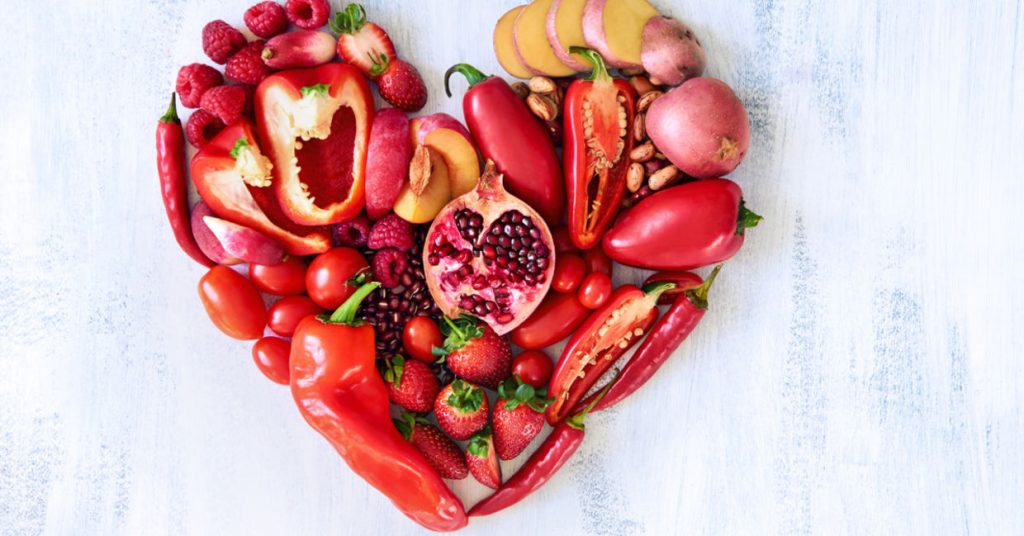March 3, 2019
Eating More Fruits And Vegetables During the Summer

Mommy had the right concept when she told you to eat your veggies. Fruits and vegetables are packed with essential nutrients that your body needs to work effectively and combat disease. They’re also high in fiber and low in calories, filling you up in all the right ways.
The American Heart Association advises eating four to five portions of fruits and vegetables each day. There’s no better time than summer season when farms and gardens overflow with a bounty of fruit and vegetables if you’re attempting to improve your consumption of this important food group. Use these ideas to get going.
1. Make more shakes
Light, simple and rejuvenating to make without heating up the cooking area, smoothies are the ideal summertime food. Toss some yogurt or juice into a mixer with your preferred fruits and ice and mix until it reaches a smooth consistency. Have a good time try out different mixes of summer season fruit flavors like strawberries with kiwi or blueberries with peaches.
2. Slip produce into your preferred dishes
Among the easiest ways to consume more produce is to include it to your favorite foods– think zucchini noodles vs. standard spaghetti. Things quesadillas and enchiladas with cooked cauliflower, shred carrots or beets into pizza sauce, or mix fresh berries or apricots into pancake batter.
3. Get a head start
What you eat for breakfast helps set a tone for the rest of the day. Include diced bell peppers, tomatoes or remaining roasted veggies to your scrambled eggs, or mix cherries or peaches into yogurt or oatmeal. Round out your breakfast with a side of chopped melon or sliced up oranges. Top toast with chopped bananas, kiwi or tomatoes for a tasty bite.
4. Follow the rainbow
An enjoyable method to consume a greater choice of fruits and vegetables is the rainbow challenge. Start by choosing one product from each category of veggies and fruits sorted by color groups to eat throughout the week, till you reach the point that you are taking in each color group daily.
· Red: strawberries, cherries, tomatoes, watermelon, radishes

· Orange: carrots, nectarines, peaches, cantaloupe, apricot
· Yellow: corn, bananas
· Green: arugula, cucumber, zucchini, kiwi
· Blue: blueberries
· Purple: plums, beets, passionfruit
Eating the rainbow likewise offers health advantages, as vegetables and fruits have various levels of phytochemicals that assist fight disease. If you stick to your go-to strawberries, you might miss out on important phytochemicals found in blueberries and kiwi.